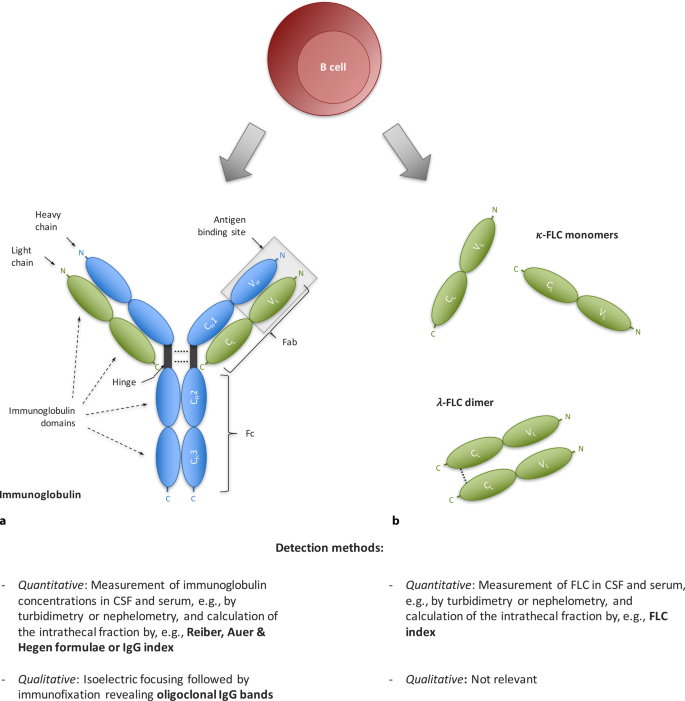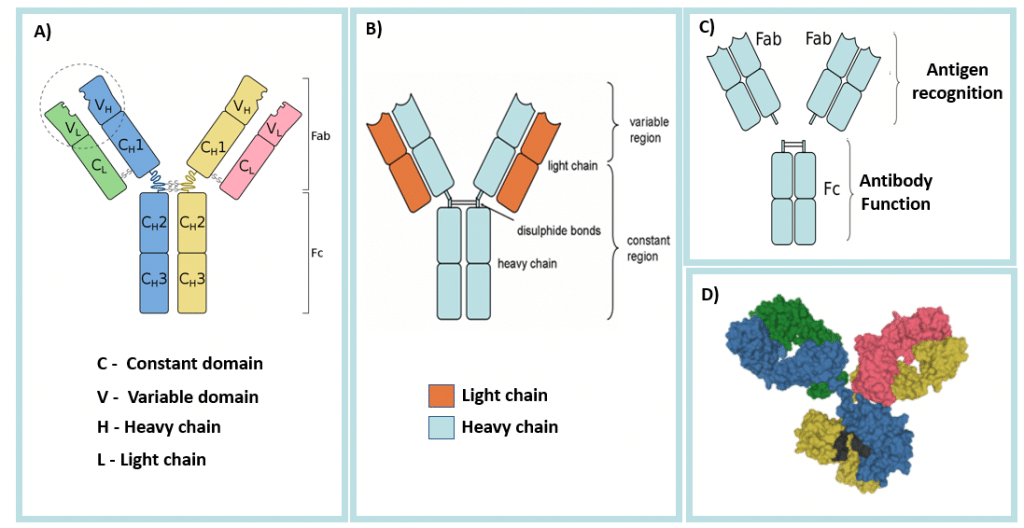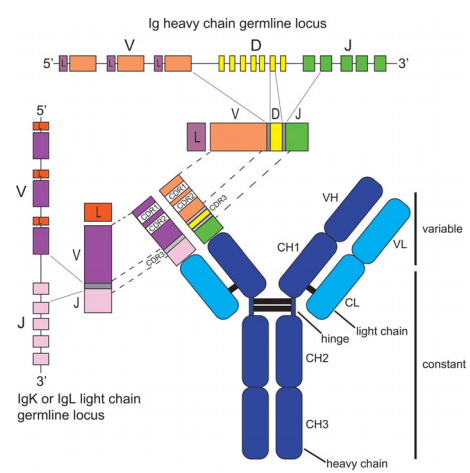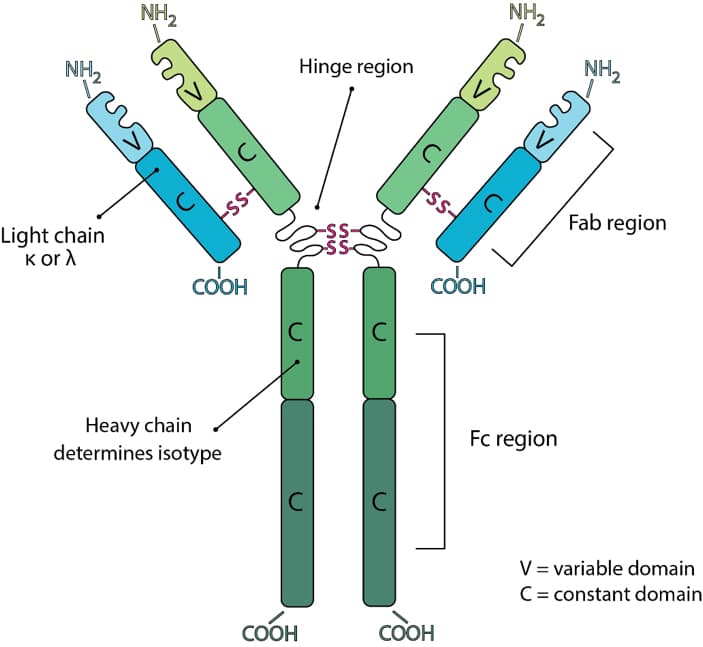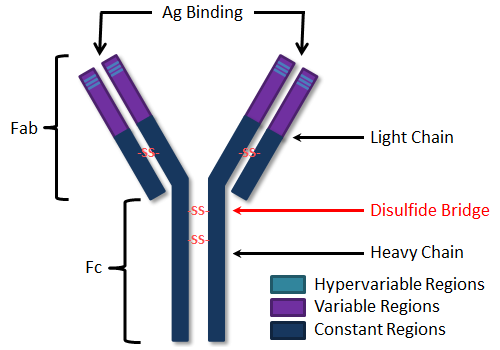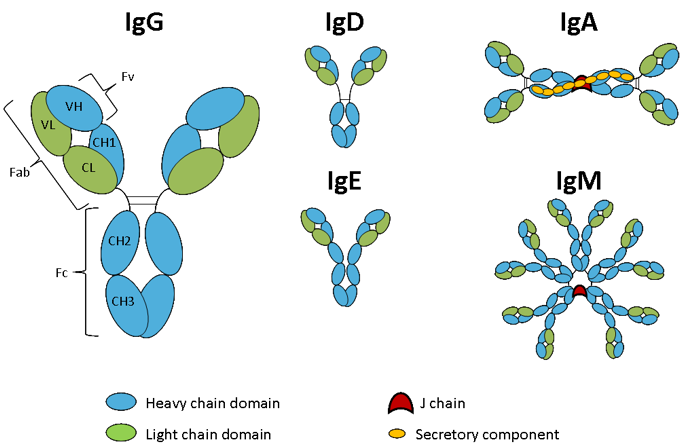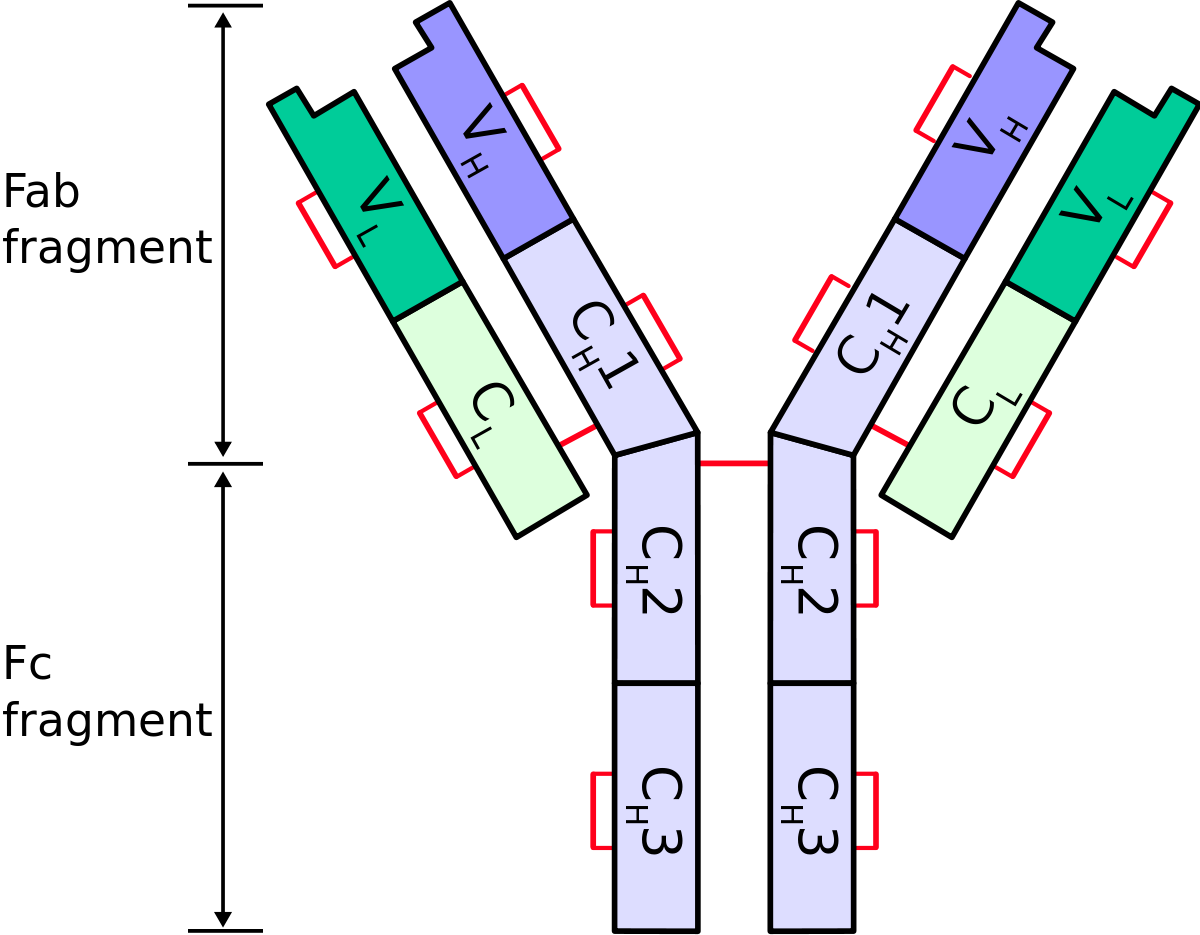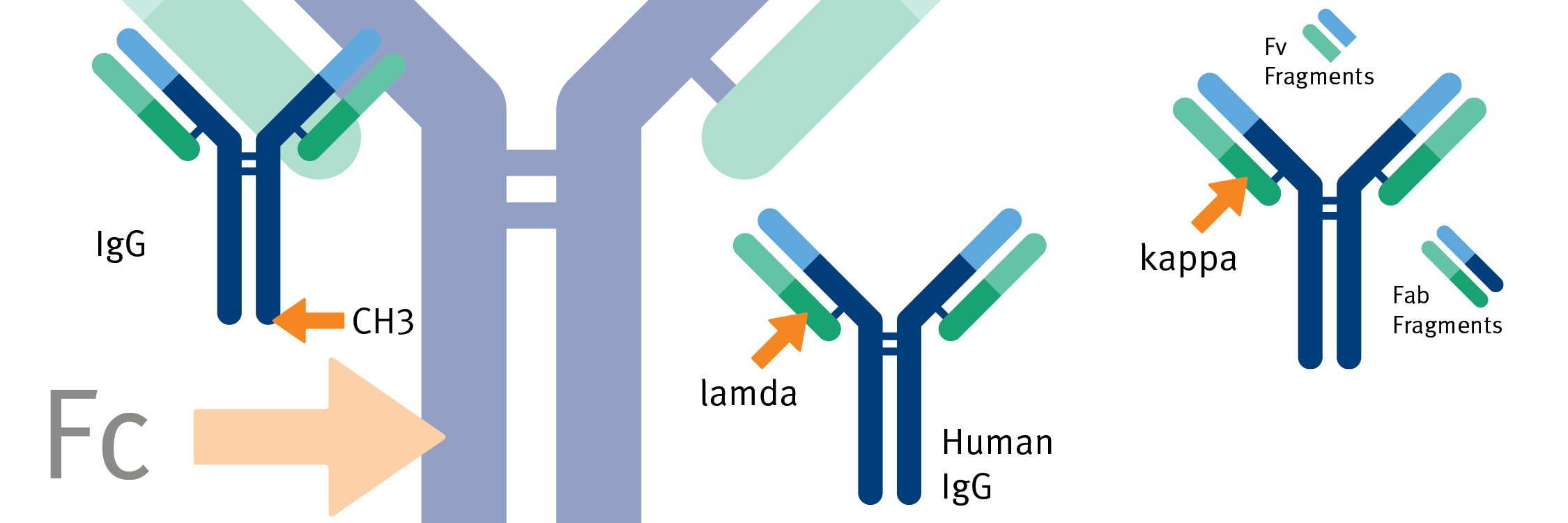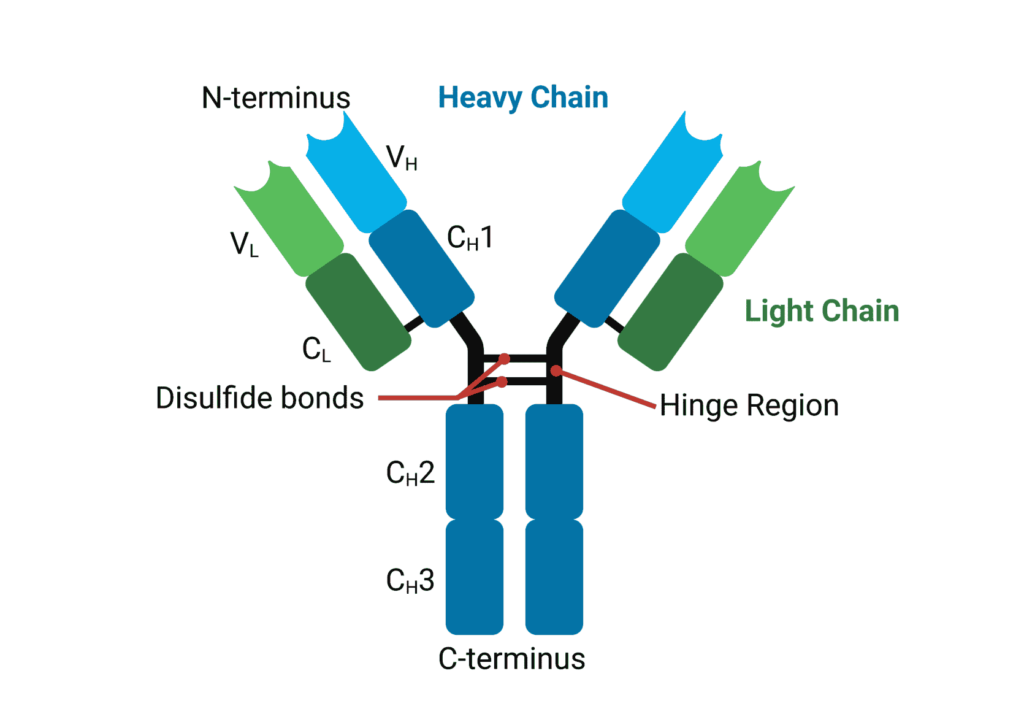
The structure of IgG. VH, heavy chain variable domain; VL, light chain... | Download Scientific Diagram

What is the Difference Between Kappa and Lambda Light Chains | Compare the Difference Between Similar Terms

Process Needs of Antibody Fragments and Bispecifics: A Discussion with Jonathan Royce of GE Healthcare - BioProcess InternationalBioProcess International
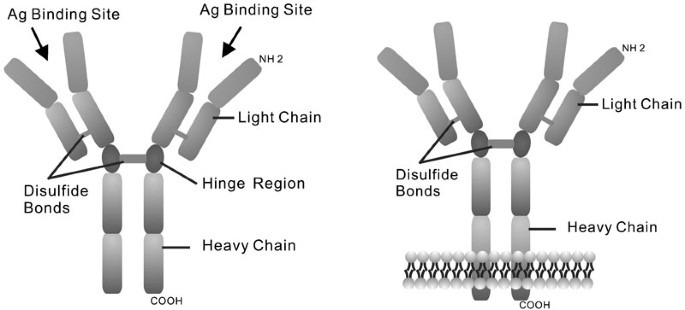
Heterogeneity of aberrant immunoglobulin expression in cancer cells | Cellular & Molecular Immunology

A schematic diagram of an IgG1 showing the various components of the... | Download Scientific Diagram
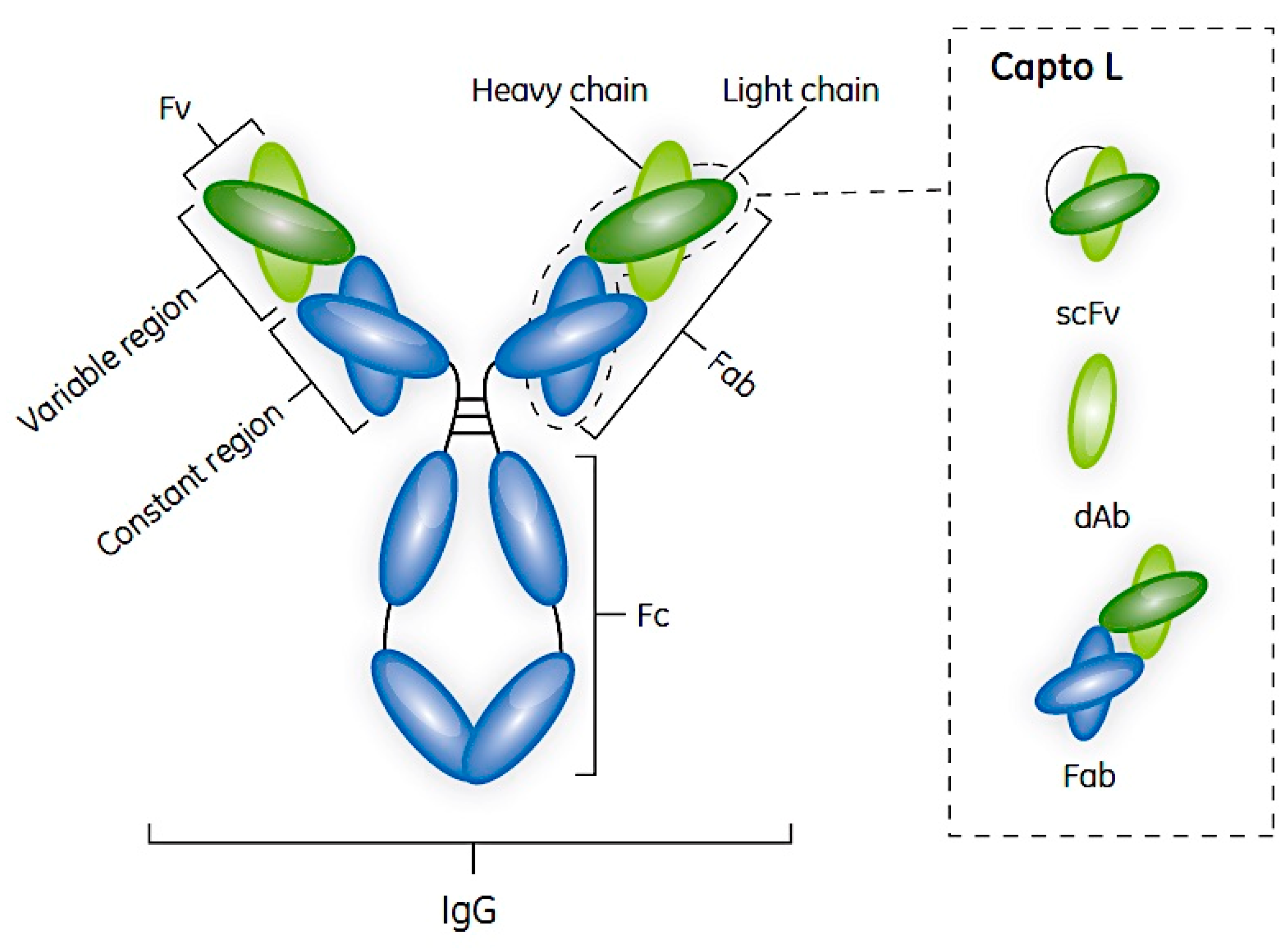
Antibodies | Free Full-Text | Antibody Fragments and Their Purification by Protein L Affinity Chromatography
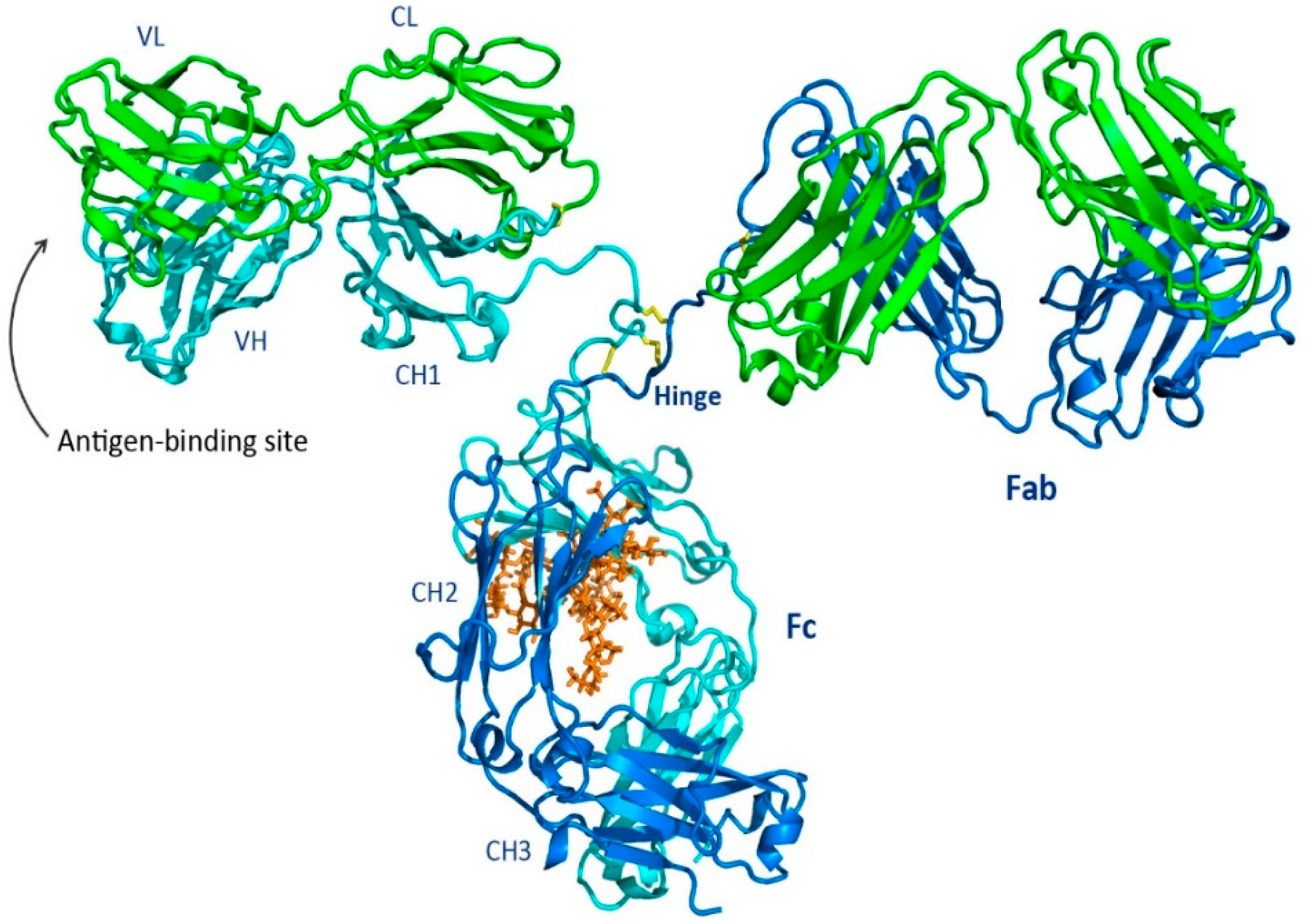
Antibodies | Free Full-Text | Antibody Structure and Function: The Basis for Engineering Therapeutics
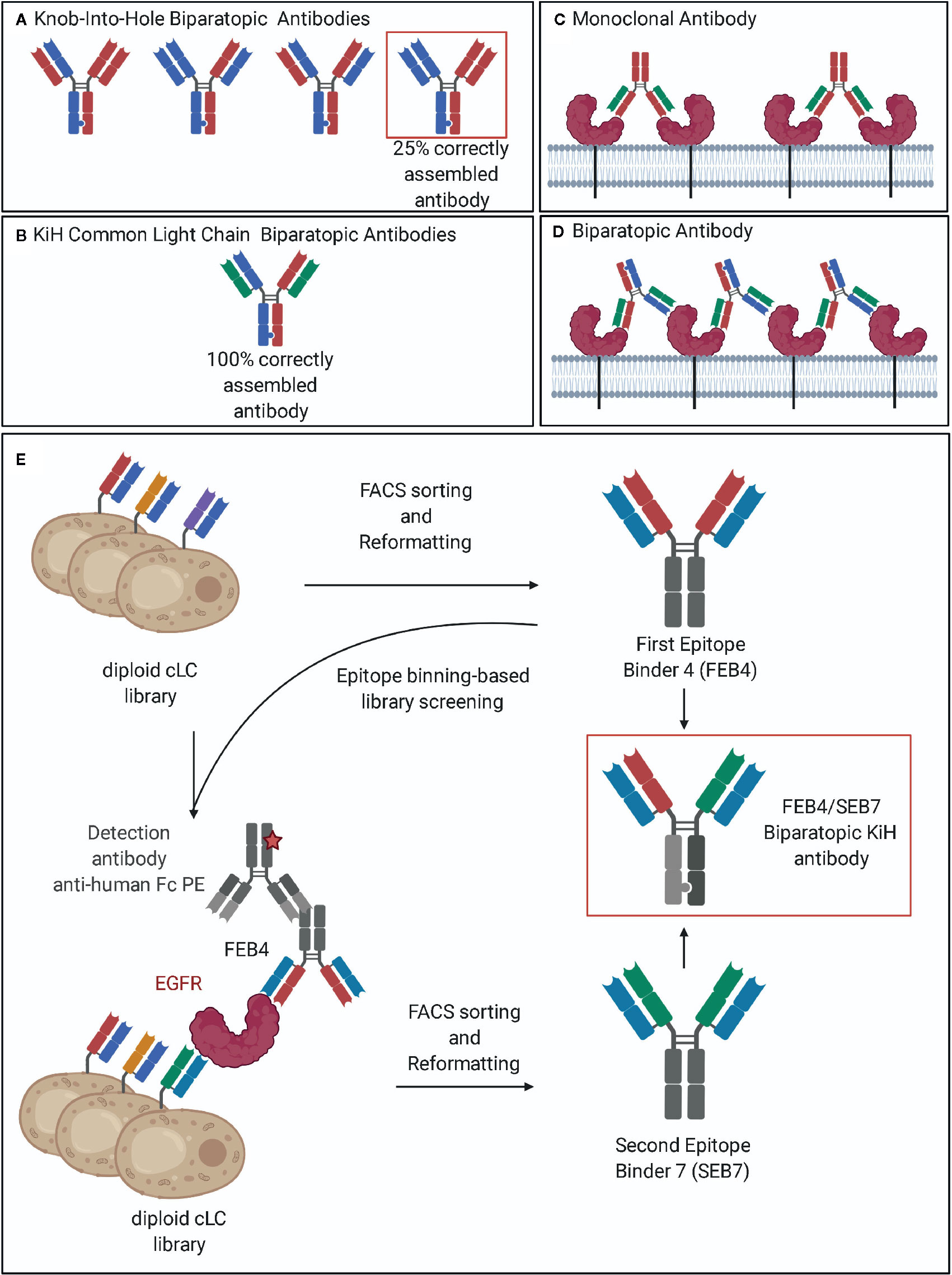
Frontiers | Expeditious Generation of Biparatopic Common Light Chain Antibodies via Chicken Immunization and Yeast Display Screening

Joined at the hip: The role of light chain complementarity determining region 2 in antibody self-association | PNAS
